Tech
This region of the country was very industrial, and contained the vast majority of US manufacturing and railroads.
The North
This man, most famous for his participation in Bleeding Kansas and the Raid on Harpers Ferry.

John Brown
Why is Ft. Sumter important?
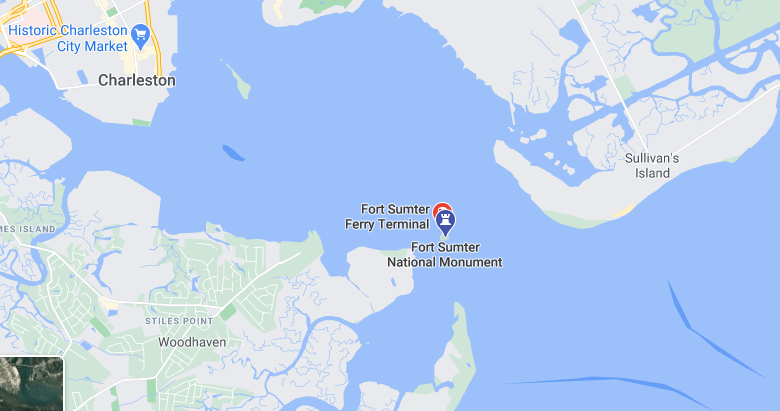
It was the first battle of the Civil War.
The region of the country where abolitionists were most common.
The North, specifically the New England (Connecticut and further North) and the Midwest.
The year in which Abraham Lincoln got elected and the year South Carolina left the Union. The year before the Civil War started.
1860. SC leaves in December, 1860, and the war begins in 1861.
Immigrants, especially the Irish, tended to move to which part of the country?
the North, specifically major cities like New York and Boston
What long range communication device was invented slightly after the Civil War, in 1876?
The telephone! 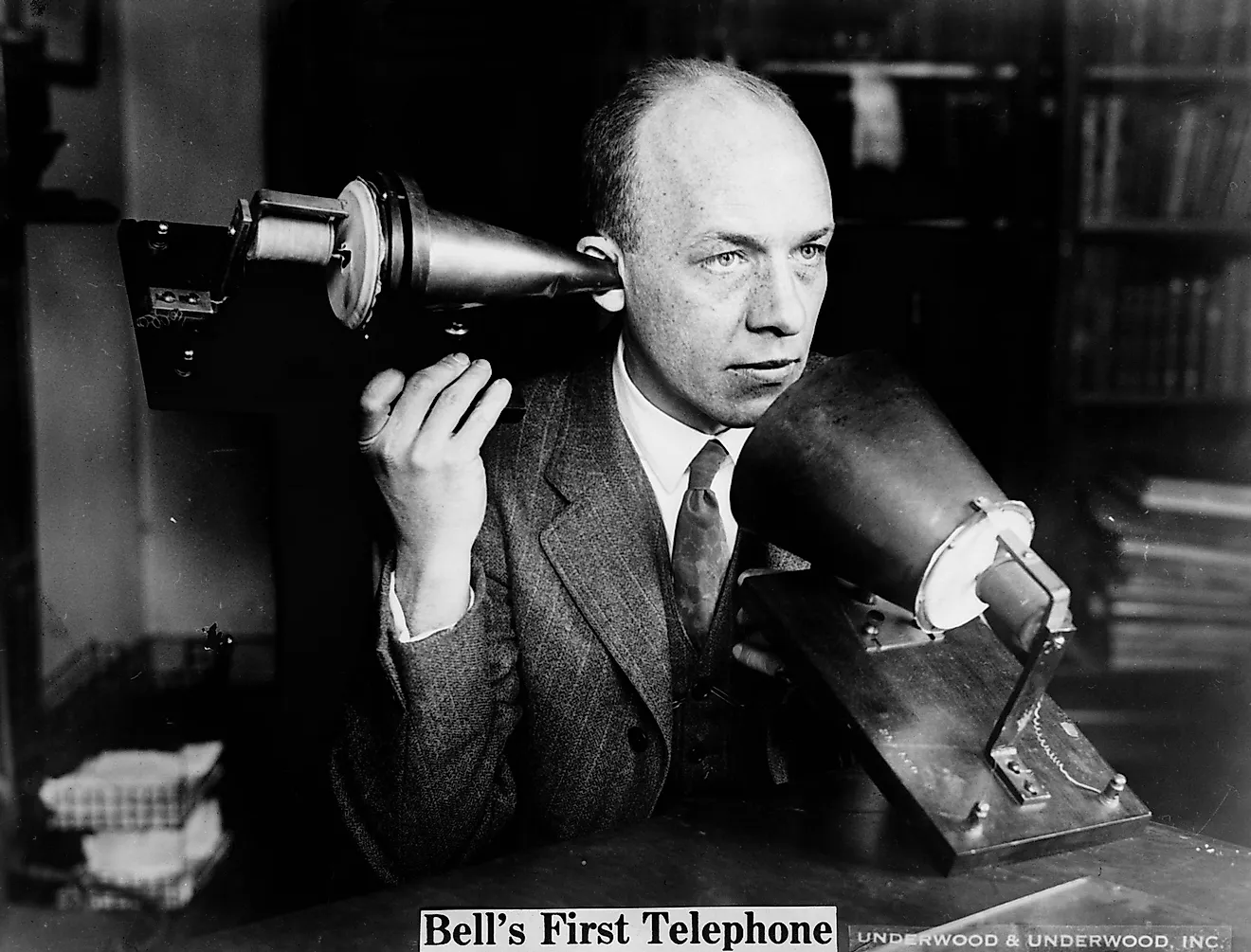
This region of the country was far more agrarian and agricultural, and contained at least 80% of large farms, mostly plantations growing cash crops, in the United States.
The South
This man, Abraham Lincoln's main rival in the North for President.

Stephen Douglas. 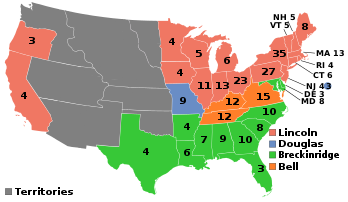
Why are these two states important to the coming of the Civil War? What law concerned them, and what did that law say/do?
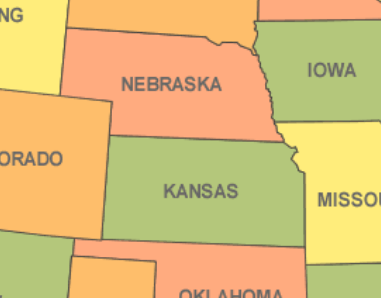
They were important because of the Kansas-Nebraska act. The Kansas-Nebraska act legalized the concept of popular sovereignty, the last effort to keep the Union together before the Civil War.
Kansas also was home to Bleeding Kansas, the period of violence that foreshadowed the Civil War.
No, Lincoln was elected on a promise to stop the spread of slavery but he would not end it in the South. He only abolishes slavery once he realizes its the only way to win the war.
The name for states like Kentucky, Maryland, and Missouri, where slavery was legal but which did not join the Confederacy. These states were typically occupied by the Northern military to prevent them from joining the South.
Border States
"Special Order 15" was signed by General William Tecumseh Sherman, and promised to do what for newly freed African Americans?
Bonus 200 points if you can name the region it would do this in.
Give them 40 acres of land and (later) a mule.
The SC and Georgia coasts and "Sea Islands"

Tweets can only be 280 characters long. That's a crazy amount compared to this 19th century communications technology, which could only handle 10 - 15 words per message.
The telegram 
Northern factories like this one in Lowell, Massachusetts, transformed [blank] into [blank]. Their major competitor were British factories, who began producing about 40 years earlier.
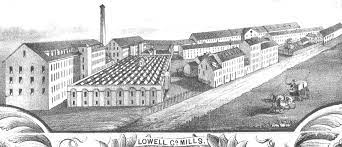
Cotton into Textiles (Clothes, blankets, things made out of cloth)
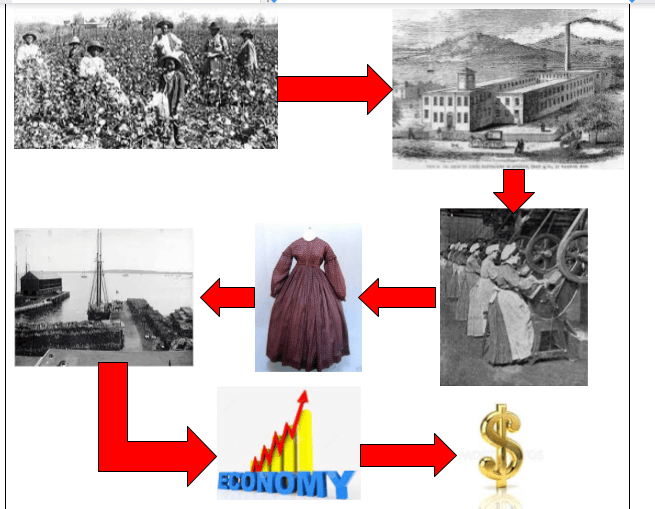
The first Black woman given the title of "General" by the US army, she helped recruit free and formerly enslaved African Americans into the Northern army.

General Harriet Tubman
According to this map, which candidate won the popular vote in 1860?
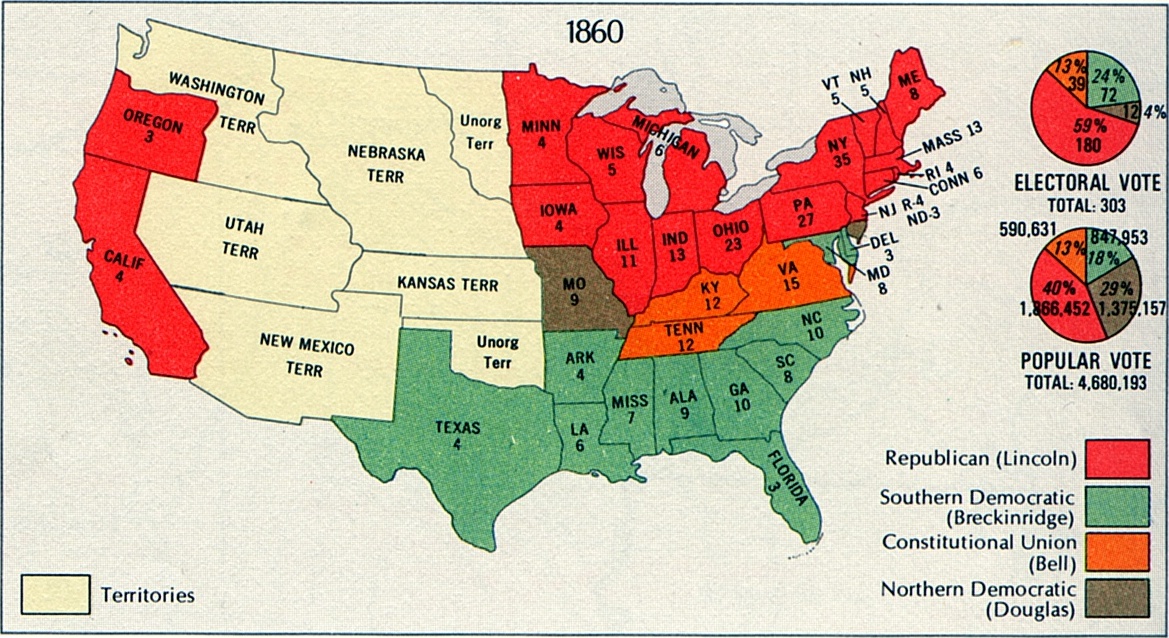
No candidate won the popular vote. Lincoln won the Electoral College, making him president, but it was a narrow victory and a majority of people did not vote for Lincoln. He won because the pro-slavery vote was divided between several different candidates.
The name of the system of trails, safehouses, and secret hiding places that enslaved people took to escape to freedom, typically in Canada but also in Mexico and the Caribbean.
The Underground Railroad
What does the term "sectionalism" mean? What does that look like in a US context?
"Sectionalism" refers to the idea that different regions will produce different cultures, economic systems, and political ideas. In the US, this typically refers to the idea that, before the Civil War, the South was agricultural and rural, while the north was urban and industrial.
This technology was first developed in the 1830s and 1840s and was used in the Civil War to bring images of the war to newspaper readers for the first time in US history.
Photography
What clothing-making and repair device was electrified in 1846?
The sewing machine
The [region] was traditionally the wealthiest (and most unequal) area in the United States.
By the time of the Civil War, however, the [region] was quickly overtaking it, however.
The South, the North.
One of President Lincoln's few African American advisors during the Civil War. He was regularly Lincoln's guest at the White House.
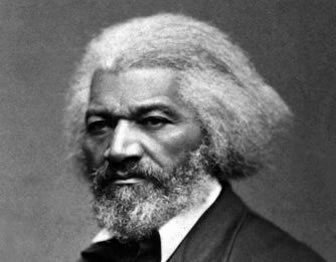
Frederick Douglass.
What is this map showing us? Why is it important?
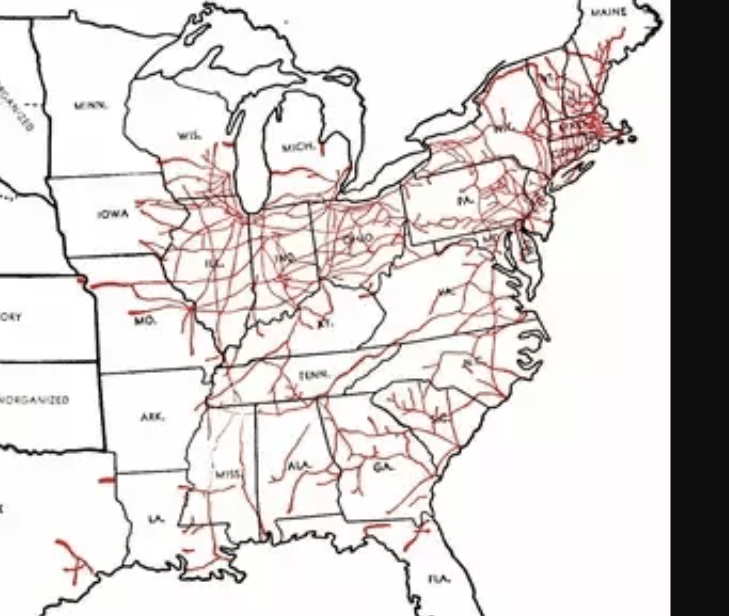
Distribution of railroads before the Civil War.
It is important because the fact that the North had a more developed system of railroads became a major factor in the eventual Northern victory.
Did abolitionists tend to support or oppose the Mexican American war?
Oppose. Many abolitionists believed that victory in the war would mean the expansion of slavery to the American Southwest (they were correct).
What political concept is this chart showing us?
Economic Sectionalism
What is "the draft?"
Who was exempt (allowed to not participate in) from the draft?
"The draft" is a term used to refer to forcing citizens into the military to fight.
In the South, slaveowners were exempt from the draft and only poor/middle class whites were subject to being drafted. Enslaved people were not drafted.
In the North, everyone was subject to the draft, but the rich could pay for someone else to take their place. African Americans were not initially drafted, but many African Americans volunteered to fight in the war itself.
What vertical (up and down) transportation device in 1852 by Elisha Otis? 
The elevator
Why did Northerners support the construction of railroads?
Why did the South NOT support railroads?
The North needed railroads to transport industrial/manufactured goods across the country, especially out West where demand was high. The South's economy was mostly driven by exports of cotton to England and the Northeast. The system of Southern rivers provided good enough transportation for this, though some southerners supported limited railroad projects, though nothing like the Trans-Continental Railroad supported by the North.
The main general in charge of the Northern/Union army. He failed at every job he held before and after being General. He would later become president after Andrew Johnson.
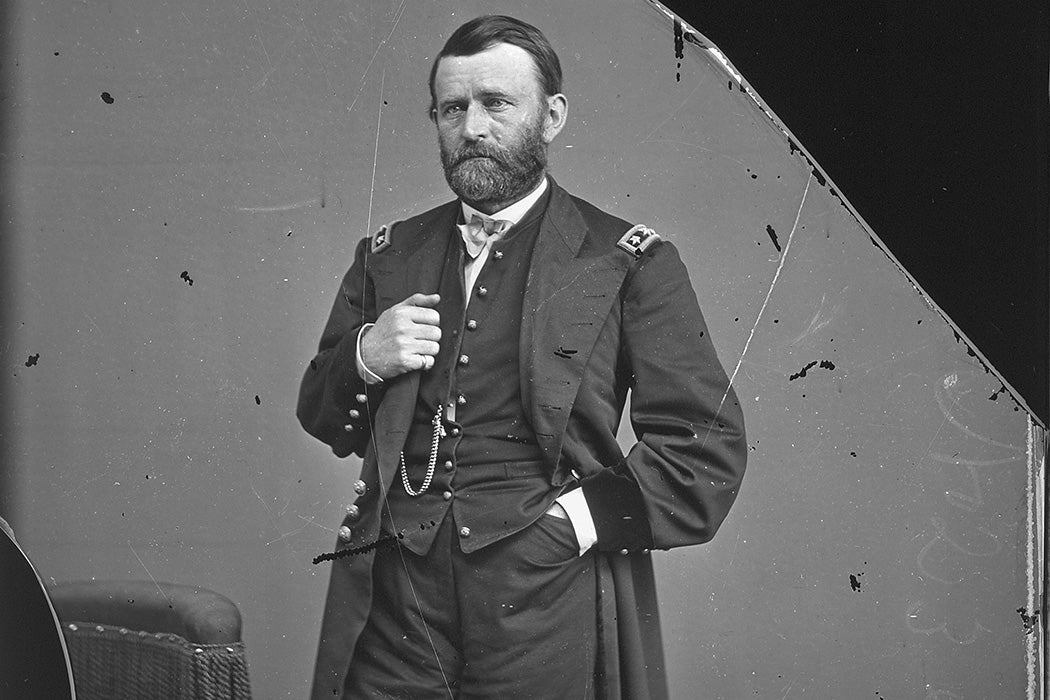
Ulysses S. Grant
What is this map showing us? Why is that important to the Civil War?
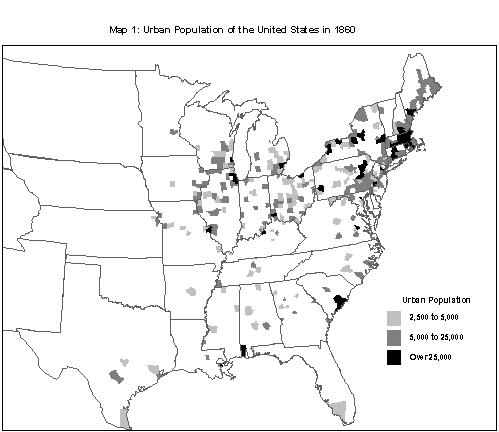
The North had far more large cities and urban population centers than the South did. This is important because Northerners lived far closer together than Southerners did, making it easier to transport goods and organize people into armies.
Free African American women most often participated in the abolition movement in what way?
Writing; they were not allowed to be involved in political office.
Who was Jefferson Davis? 
The President of the Confederacy/the Confederate States of America/the South.
The 1863 NYC Draft Riots saw Irish immigrants fight which two groups? Why?
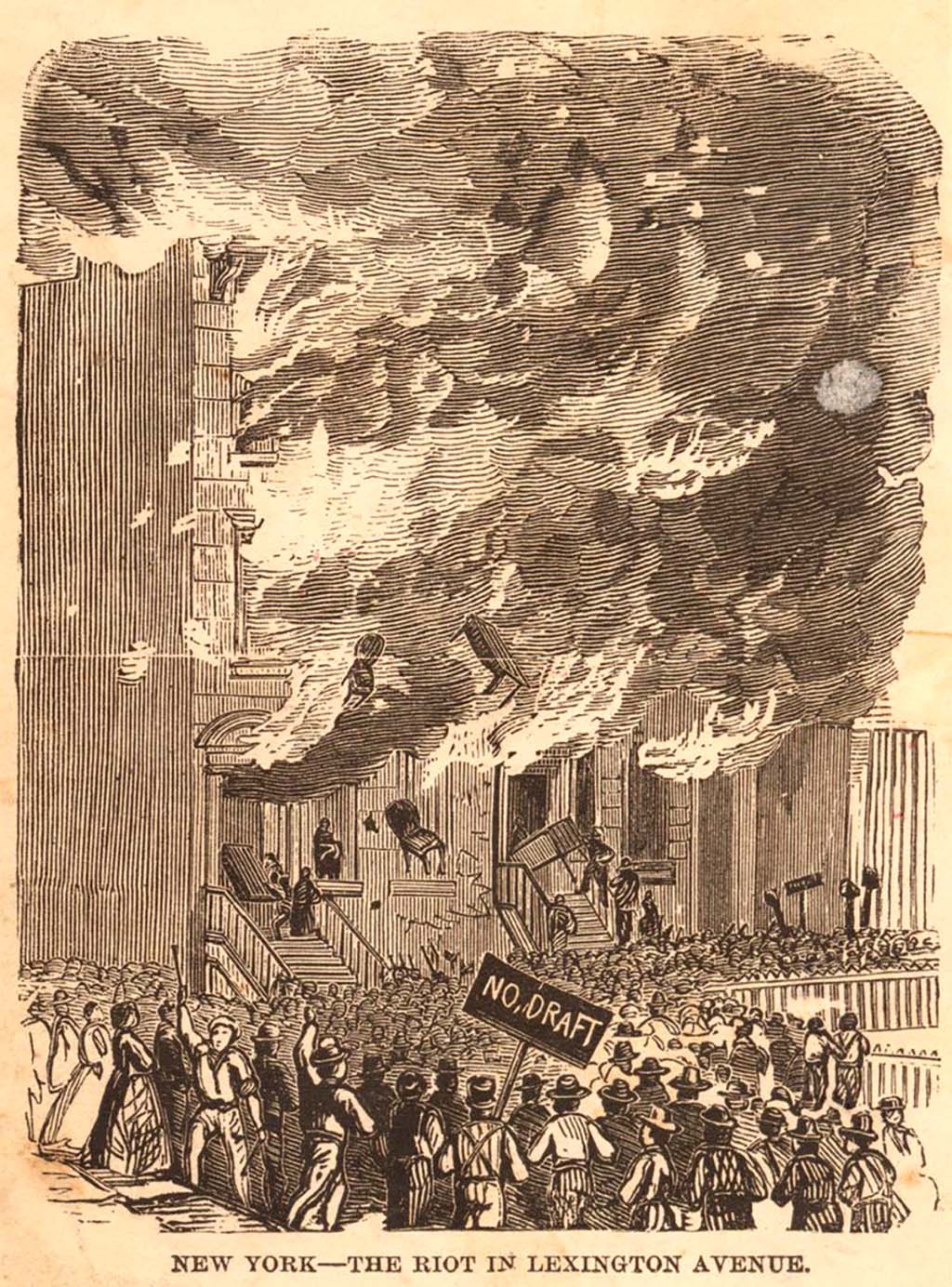
African Americans and the rich. African Americans were initially exempt from the draft because of white racism, which many Irish people felt was unfair to them, since they were forced to fight in the war that they saw themselves as foreigners to. They targeted the rich because of their ability to pay others (often Irish immigrants themselves) to take their place in the draft.
What explosive was invented in 1867?
The creator was so ashamed of his invention that he donated all his money to found the Nobel Prize.
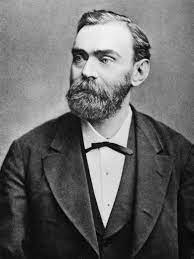
Dynamite, invented by the Swedish chemist Alfred Nobel